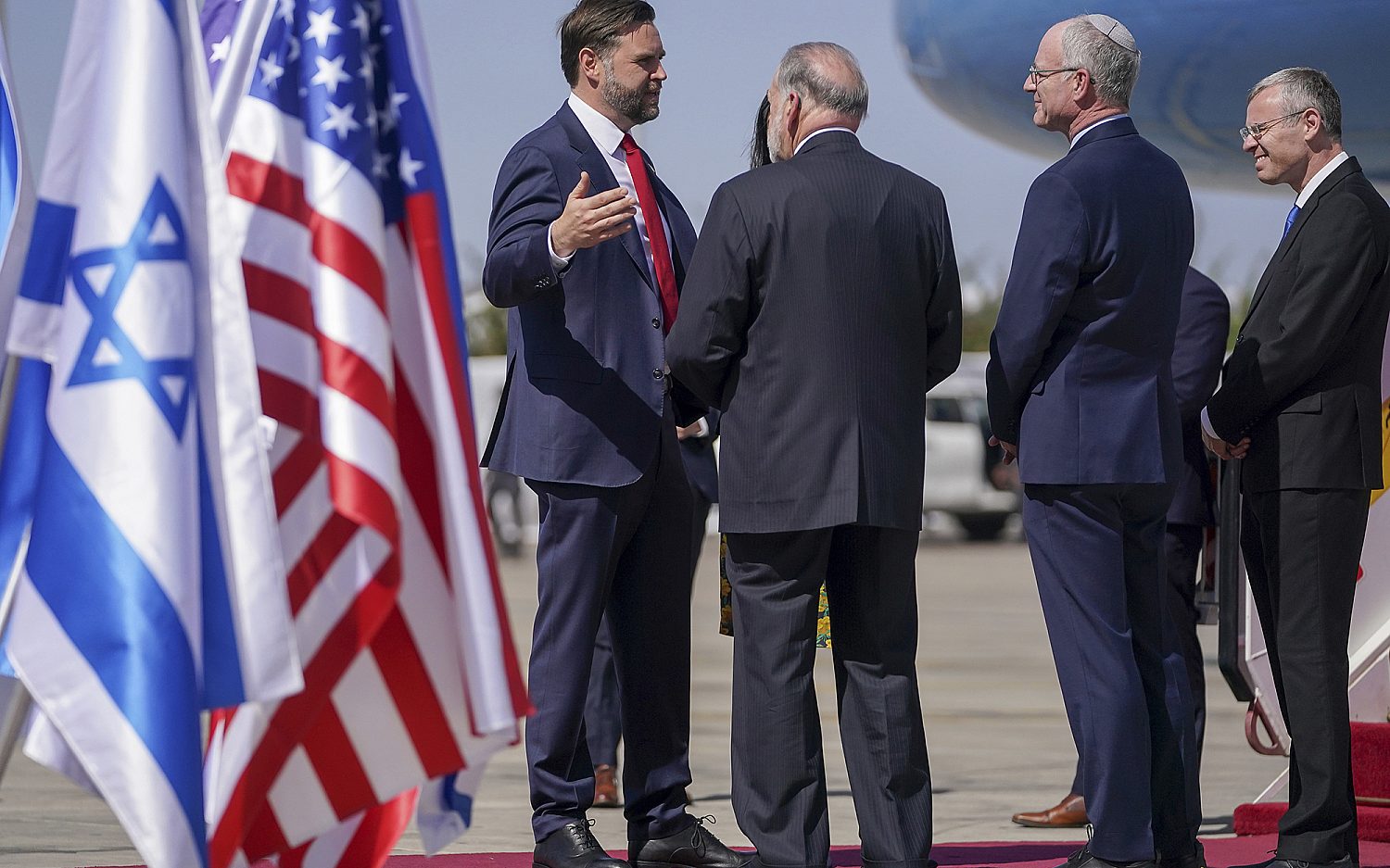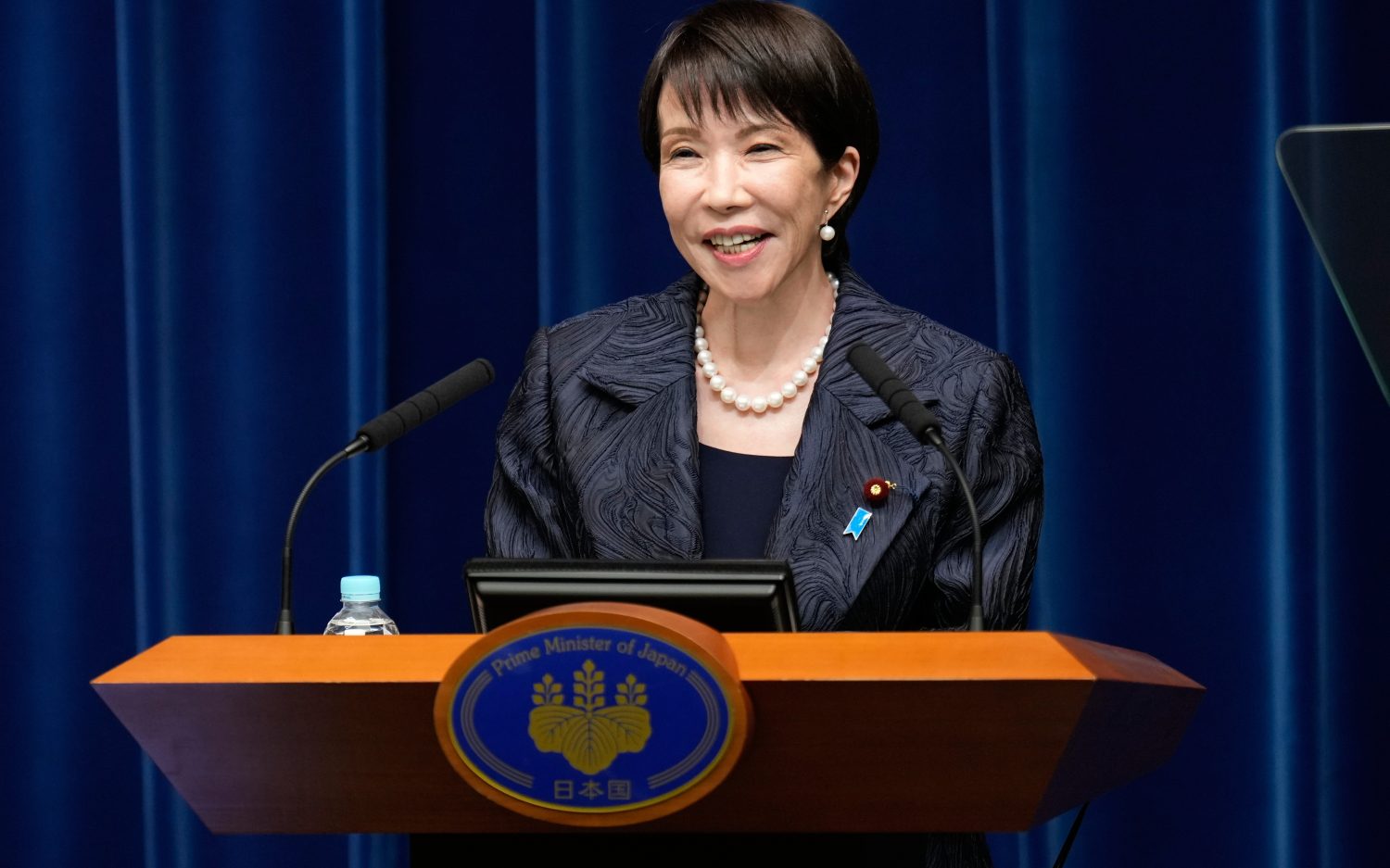Libraries are loaning out the internet
As part of a one-year pilot program, some New York City library patrons can bring home internet access through one of the 10,000 high-speed hot spots the city’s libraries are loaning out. Checking out Wi-Fi devices with unlimited data plans is part of a nationwide push to make internet access—a service many now consider essential to everyday life—available to everyone, regardless of income or geography.
“Whether you’re a parent looking for a job, a child working on a school project, or a family looking for information on services, broadband access is no longer a luxury—it’s a necessity,” said New York Mayor Bill de Blasio.
A recent survey showed 55 percent of people using the internet and computers in the New York library branches did not have broadband in their homes. In a pilot program last year, the New York Public Library loaned out 100 Wi-Fi modems. Data showed the participating families used the hot spots for about three hours a day, mostly during the evening when the libraries are often closed.
In Staten Island, Evelyn Acosta’s family brought home one of the pilot hot spots last year. “Our 9-year-old son won first-place at a science fair after learning how to make compost—from the internet,” Acosta said.
Thanks in large part to a $1 million donation from Google and a $500,000 grant from the Knight News Challenge, the hot spot program has spread to New York’s three library systems: the New York Public Library, Brooklyn Public Library, and Queens Library. Each system has its own requirements for checking out the internet. At the New York Public Library, families must have someone enrolled in an Out-of-School-Time program or Adult Literacy class and have no internet access at home. They can borrow the devices for up to a year.
Mobile Beacon, a nonprofit providing low-cost broadband to schools, libraries, and other nonprofits nationwide, is partnering with Sprint to provide libraries the hot spots and data plans.
“In terms of service, the library negotiated a fee of $13 per device for unlimited data for a year,” Angela Montefinise, director of media relations for the New York Public Library, said in an email. She said the library would evaluate the program to see what funding it would need for a sustainable plan in the future.
Other libraries are testing similar ideas. According to a press release from the New York Public Library, some of the Wi-Fi devices will to go libraries in Maine and Kansas “to support similar pilot programs.”
The Knight News Challenge also awarded the Chicago Public Library $400,000 this summer for its Internet to Go program. According to the Knight Foundation website, the Chicago project would allow patrons to check out Wi-Fi hot spots for three weeks and receive “free digital skills classes.”
Such privately funded programs help provide internet access at home, but President Barack Obama is pushing a similar effort for schools, funded in part by internet and cellphone customers. The Obama administration launched the ConnectED initiative in 2013 to push for 99 percent of students to have next-generation broadband in their classrooms by 2018.
“In a country where we expect free Wi-Fi with our coffee, why shouldn’t we have it in our schools?” Obama asked during a June 2013 speech.
According to a December press release from the Federal Communications Commission (FCC), 63 percent of public schools don’t have the broadband necessary for students to fully benefit from “modern digital learning.” In addition, “45 percent of school districts lack sufficient Wi-Fi capacity to move to one-to-one, student-to-device deployments,” something it says is “increasingly necessary to achieve modern digital learning objectives.”
The FCC has taken steps to update its E-rate program, which helps eligible schools get discounted internet services. In December, it raised the E-rate program’s annual spending cap from $2.4 billion to $3.9 billion.
E-rate gets its money from the federal Universal Service Fund—collected from telecommunications companies, who include it as a charge on phone bills. If the E-rate program hits its spending cap of $3.9 billion, the “individual rate payer” would pay an estimated 16 cents more per month, or about $1.90 a year, “less than a large soda at fast food restaurant or a cup of coffee,” according to the FCC.
The Associated Press contributed to this report.
An actual newsletter worth subscribing to instead of just a collection of links. —Adam
Sign up to receive The Sift email newsletter each weekday morning for the latest headlines from WORLD’s breaking news team.




Please wait while we load the latest comments...
Comments
Please register, subscribe, or log in to comment on this article.